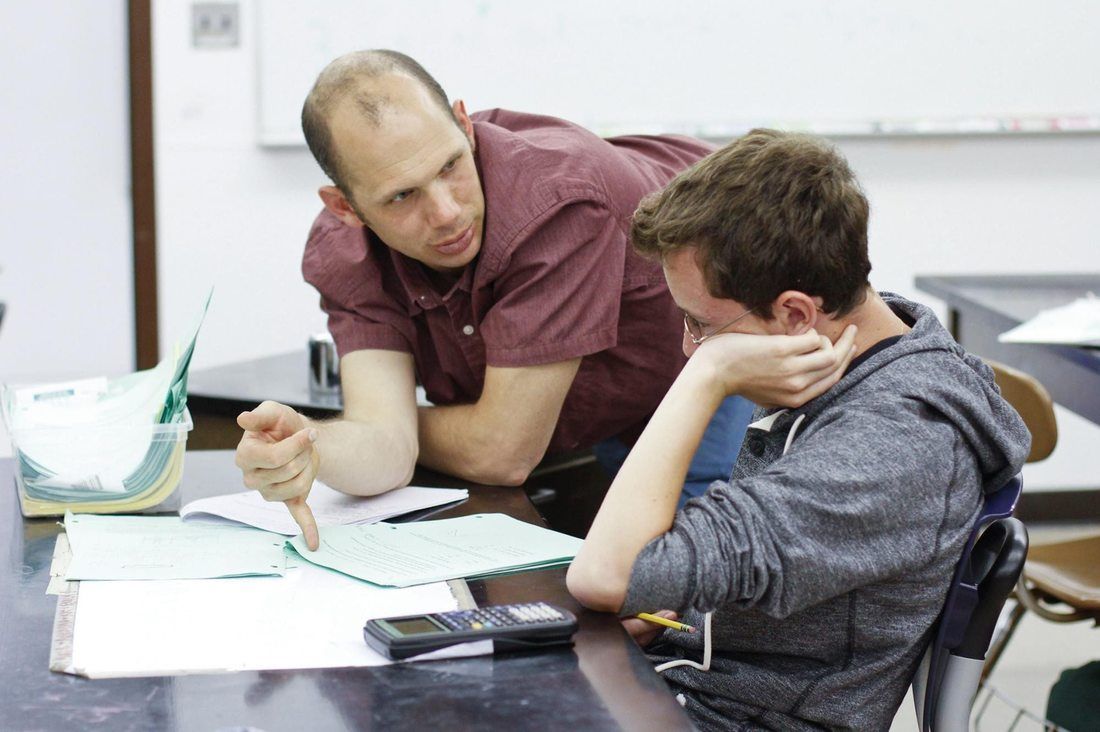|
|
|
As May approaches, I always find myself in a deeply reflective mood regarding what worked and what didn't work in the classroom. From a pedagogical perspective there are many things I plan on changing next school-year. Per the usual, I struggled with assessment. I began the year determined to implement a very structured and intentional Standards Based Grading system. As the year progressed, my natural tendency to slack on grading and to let my strong relationships with my students replace my objective intentions, led once again to a qualitative "from the gut" approach to evaluating my students. Perhaps a more human "technique", but definitely not in-line with my initial intentions. Blah, blah, blah, so much to improve.
From a technology perspective, things went very well. As with the assessment procedures describe above, my approach to tech integration began with a very structured and very simple mission: use a minimal number of tools to a) spark and b) organize student curiosity (click here for more information about the logic used in developing this mission statement). Though a lens of technology integration, past school-years were full of exciting changes in tool availability, strength and efficacy. I found myself energized by all the new techniques and opportunities new tools afforded. My classroom was a playground where new tech tools were used nearly everyday. Despite this excitement, I sensed a level of disorganization in my class, and an aura of frustration among the students. This year I decided to ground myself in the simple mission stated above, and let the technology I leveraged fall in-line with that mission only. If a tool could be used to spark student curiosity then I tried it out. If it didn't, then I didn't (click here for a more in-depth discussion on sparking student curiosity). Additionally, if a tool could be used to organize student curiosity once sparked, I tried it out. If it didn't, then I didn't. Simple. At first it was difficult to let go of the beautifully edited screencasts, slick websites, and nifty apps, but as the year progressed, the power of this mission statement took form and two tools/techniques rose to the top: YouTube in conjunction with SaveFromNet and Blogger in conjunction with email. The YouTube/SaveFromNet 1-2 punch helped my capture the myriad of curious events related to chemistry published online (movie clips, experiments from colleagues, commercials, etc.) and given the spotty internet in my classroom, download the clips to mp4 and quickly trim keeping in mind the strategies for sparking involuntary student curiosity indicated by Loewenstein in his 1994 literature review (see p. 91). See screencast below for an example of this workflow:
After student curiosity was sparked, the messy process of student testing hypothesis and the, as J.J. Abrahams would say, intentional withholding of information, progressed. During this time, students used their individual blogs as a location for reflection and a space to catalog archives of their learning process. Given the variety of devices, students were weary of blogging, however because blogger allows any user to "Post Via Email" creating a detailed blog, full of text, image and videos became as simple as sending an email. The subject line becomes the blog title, text, the body of the blog, and attached images and video embed directly in the blog. See screencast below for an example of this workflow:
Sparking student curiosity and cultivating a "need to know" that transcends a quest for grades and the "required by law" to go to school notion, is something I care deeply about. As a human in the world, leveraging my tendency towards curiosity and negotiating the cognitive tension presented by surprising, incomplete, or confusing events has been a very positive thing in my life. I am excited to see how a classroom technology mission statement grounded in this strong tendency grows and evolves as I strive to instill a sense of curiosity about the world in my students. As the Quaker educator Parker Palmer says: "We teacher from who we are". Although simple, these two tech strategies helped me embrace Palmer's message.
|
Categories
All
Archives
March 2024
|

 RSS Feed
RSS Feed